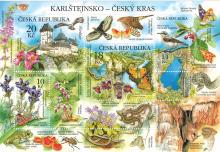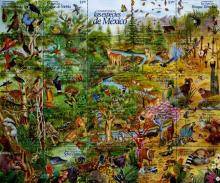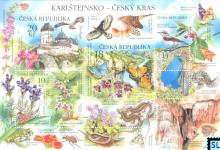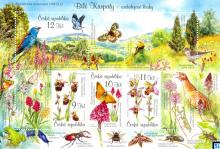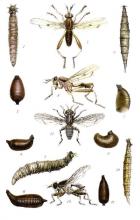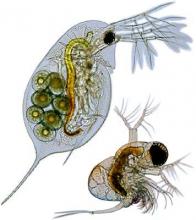Verlies biodiversiteit breekt veilige drempel wereldwijd
De biodiversiteit gaat er overal ter wereld zo sterk op achteruit dat het functioneren van ecosystemen en daarmee de stabiliteit van de menselijke samenlevingen in gevaar komen. Dat blijkt uit nieuw Brits onderzoek in samenwerking met het VN-milieuagentschap Unep. Het team analyseerde data van honderden wetenschappers overal ter wereld, goed voor 2,38 miljoen gegevens over 39.123 diersoorten op 18.659 plaatsen. Op basis daarvan reconstrueerden ze per vierkante kilometer hoe de biodiversiteit is veranderd sinds de komst van de mens.

